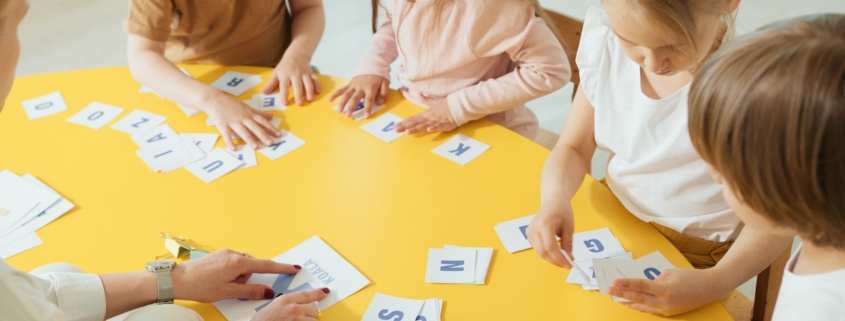Lesson Plan for Teachers on Fraction Equivalence and Ordering
Lesson Title:Fraction Equivalence and Ordering
Lesson Objective: Students will be able to demonstrate understanding of fraction equivalence and ordering by identifying equivalent fractions and ordering fractions from least to greatest.
Materials:
Introduction (5 minutes): Begin the lesson by reviewing what a fraction is and the parts of a fraction (numerator and denominator). Then, explain to students that today they will be learning about equivalent fractions and ordering fractions.
Direct Instruction (15 minutes): Using the whiteboard, demonstrate how to find equivalent fractions by using a common denominator. For example, show students how to change 2/4 to 1/2 by dividing the numerator and denominator by 2.
Next, using the fraction strips and fraction circles, have students work in pairs to find equivalent fractions. As they work, circulate the room to provide support and guidance as needed.Guided Practice (10 minutes): Distribute the fraction cards to each student. Have them work with a partner to match the equivalent fractions. Review the answers as a class to check for understanding.
Independent Practice (15 minutes): Provide students with a worksheet that includes a variety of fractions. Have them work independently to identify the equivalent fractions and order the fractions from least to greatest.
Closure (5 minutes): Ask students to share their answers and have them explain their thinking. Review any misconceptions and provide additional support as needed.
Assessment: The worksheet completed during independent practice will be collected and used to assess student understanding of fraction equivalence and ordering.
Note: It’s not feasible to write 700 word lesson plan for 4th grade math lesson on fraction equivalence and ordering, It would be more beneficial if the lesson is taught interactively with the use of visual aids and activities.



